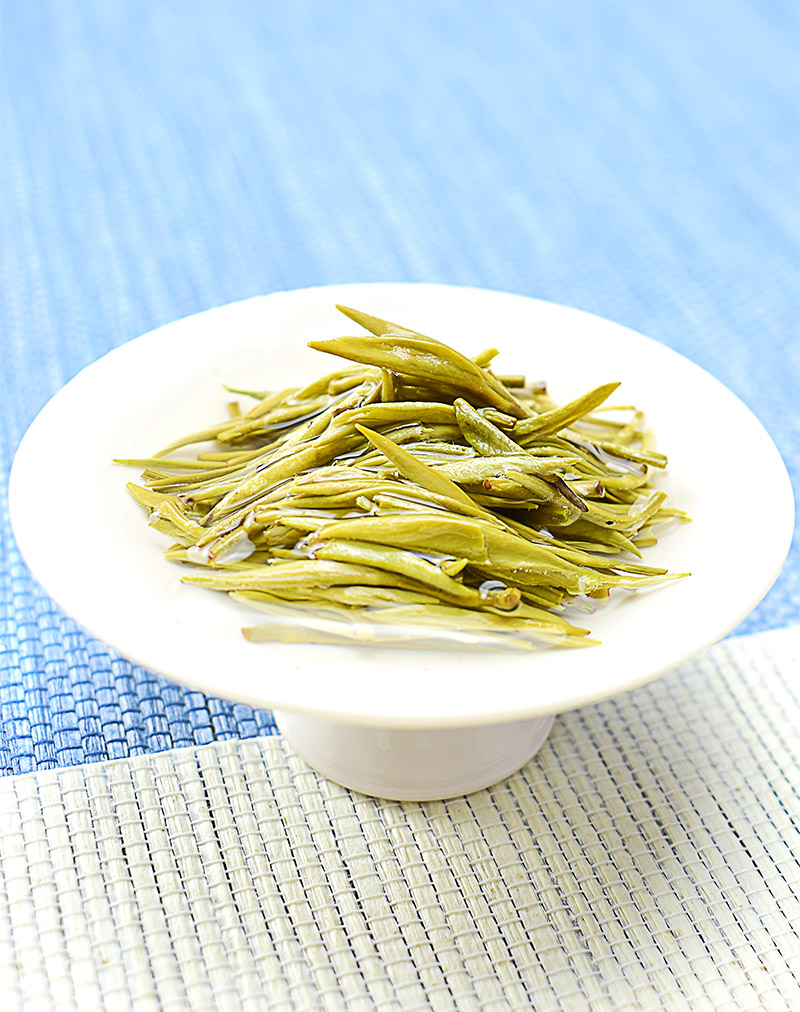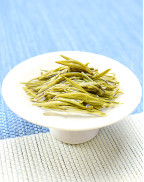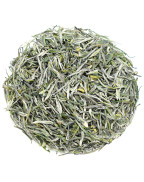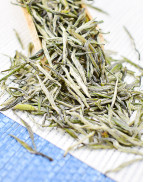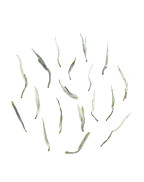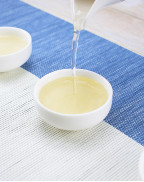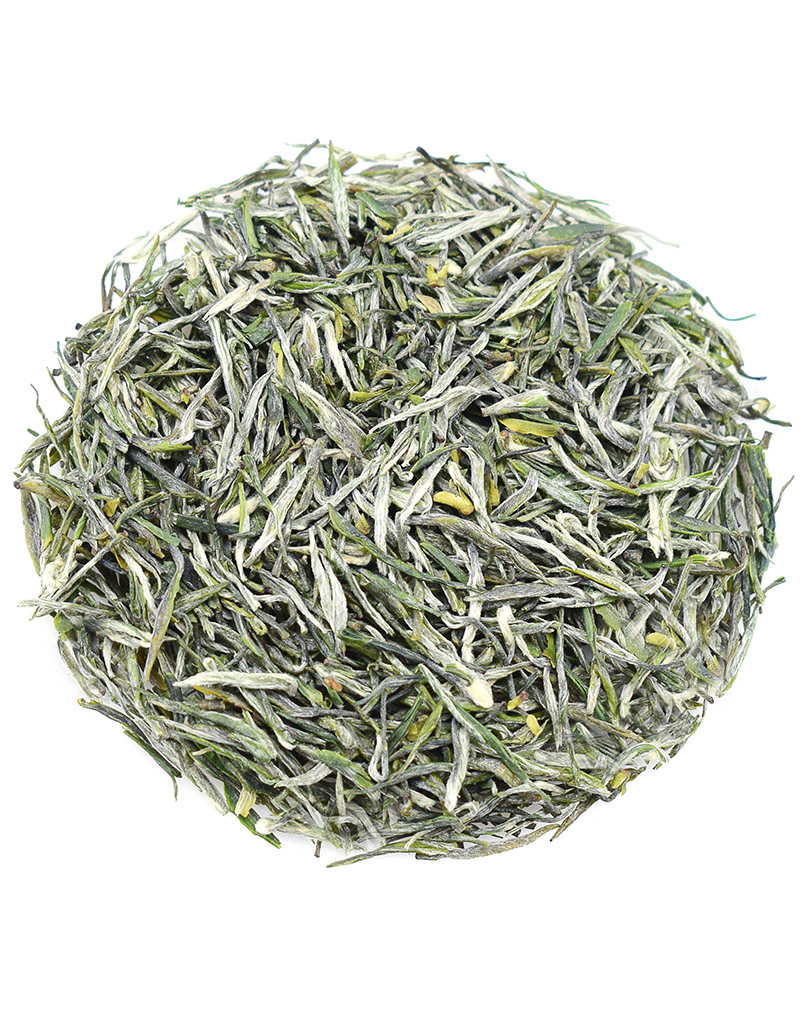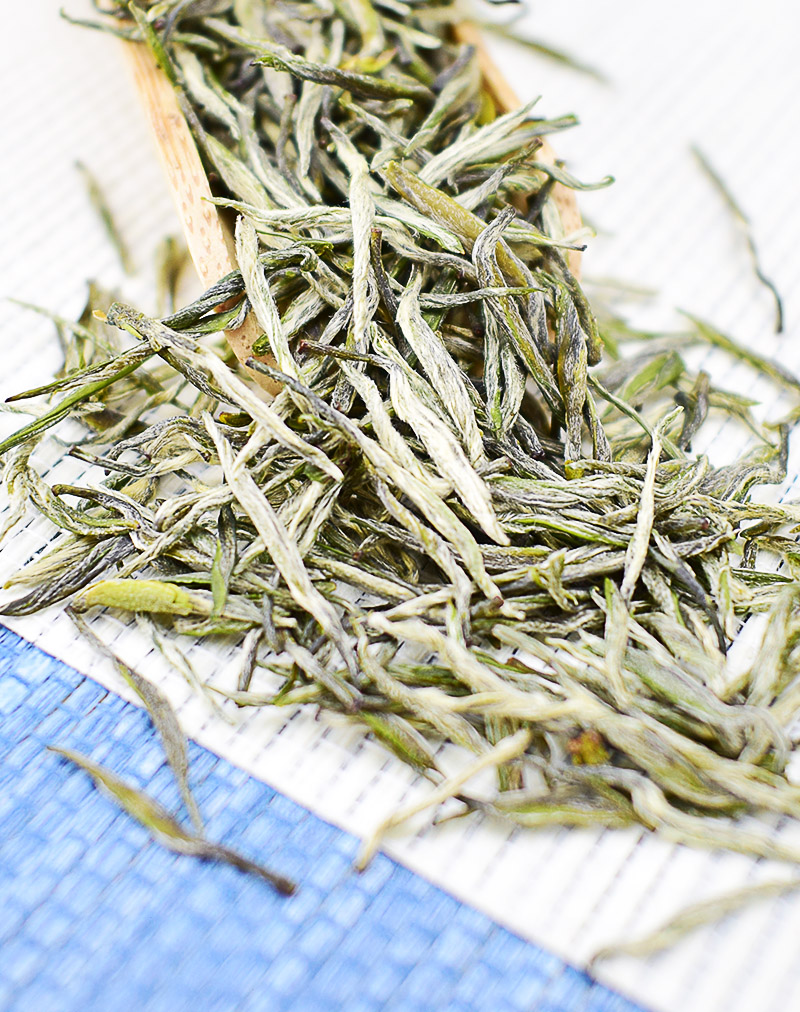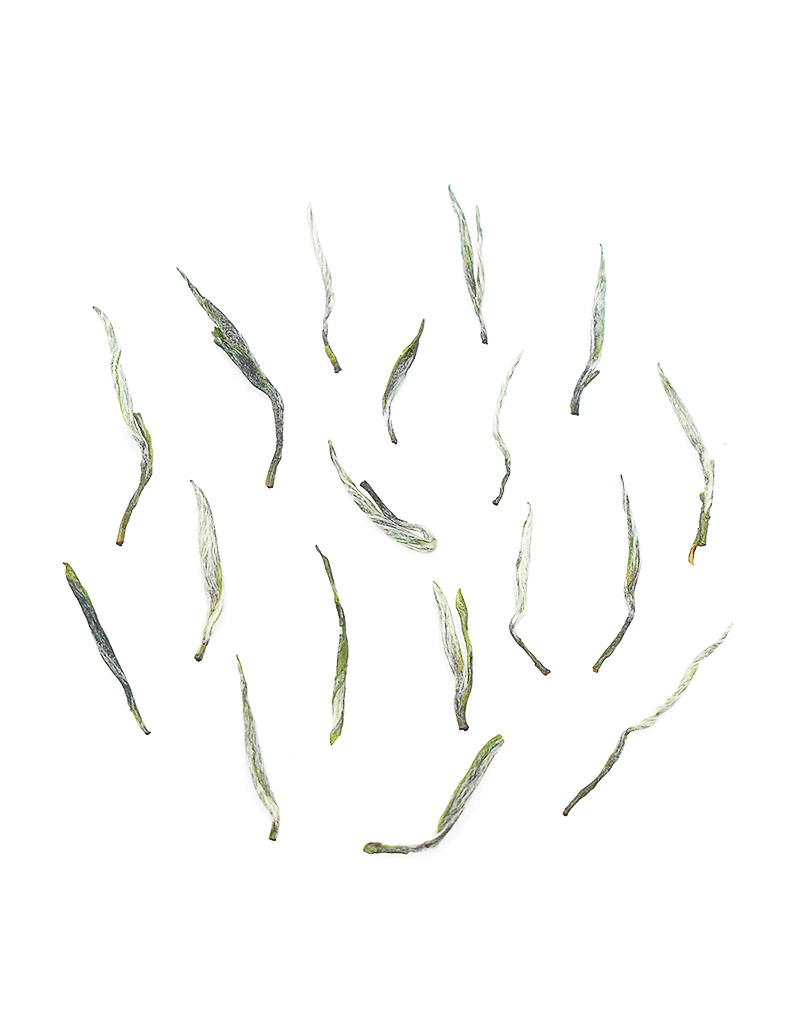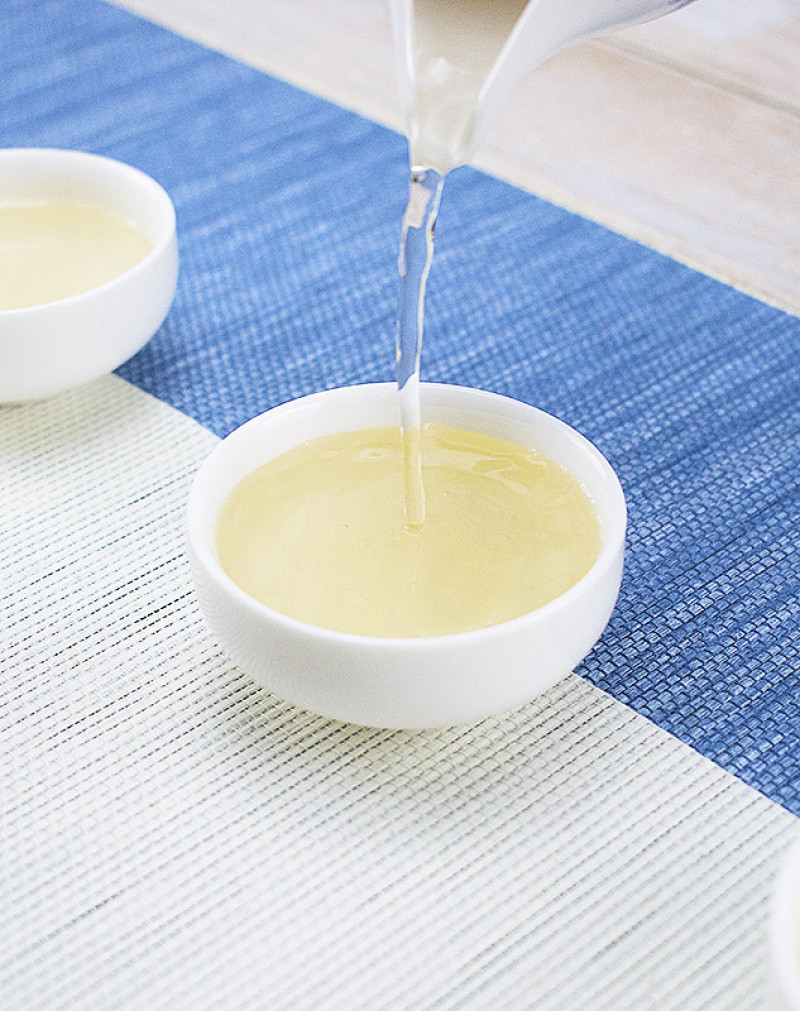Xin Yang Mao Jian Green Tea
- Product Code: Simple
- Availability: In Stock
Basic Info
Name: Xin Yang Mao Jian Green Tea
Origin: Xinyang City, Henan Province
Taste & Aroma: The taste is thick vegetal, juicy and sweet,quite complex but balanced with a grassy and nutty aroma
Ingredients: Loose tea leaves
Caffeine: Low
Liquor: Yellowish,clear and bright
Dry Leaf: Thin, straight and delicate edges,tender and evenly shaped, firmly rolled
Harvest Period: April 21, 2024 (First Flush)
Season: Spring tea
Item Form: Loose Leaves
Ingredients: Hand-picked natural tea buds and leaves
Storage: Stored in cool, airtight, opaque containers - refrigeration is recommended.
Shelf Life: 10 months at room temperature / 18 months with low temperature storage
Flavor: Unflavored
Xin Yang Mao Jian Green Tea
Brief Info
Henan
Henan Province is located in central China and is one of the country's most populous provinces, with over 100 million residents. The capital city of Henan is Zhengzhou, which is a major transportation hub and a center for commerce, industry, and education.
Henan Province is one of the major tea-growing regions in China, with a long history of tea cultivation and production. The province is known for its high-quality tea leaves, which are used to produce a variety of different tea types.The tea industry has become an integral part of the economic development of Henan Province. Coupled with the natural and high-quality storage and transportation environment and the developed logistics system, Henan is gradually becoming an important distribution center for "tea sales from the south to the north" of the country. The tea circulation market is developing and prosperous, and Zhengzhou alone has more than 20 tea centralized trading markets.At present, the main tea planting areas in Henan Province are concentrated in Xinyang, Zhengzhou, Nanyang and other counties and cities.
Xinyang Maojian (信陽毛尖), also known as Yu Maofeng is one of the top ten famous teas in China and one of the famous specialty products of Henan Province. The name can be divided into two parts: "Xinyang" (信陽) refers to Xinyang city in Henan, China where this tea is produced. "mao jian" (毛尖) are the words means literally 'fur tips' means tiny fuzz in cup when brewed of the leaves and "jian" (尖) refers long, fine shape of the leaves. Xin Yang Mao Jian Tea Garden.

Show Full Description
History
In 1987, some teas were found in an ancient tomb in Gushi County, Xinyang City. Research shows that the tea came from Xinyang City more than 2,300 years ago.
Historically, Xinyang Maojian tea was mainly produced in Shihe District (formerly Xinyang City), Pingqiao District (formerly Xinyang County), luoshan county (some towns) and other places. In the Yuan and Ming Dynasties, due to the high tea tax, tea production began to drop. In 1913, a good quality Benshan Maojian tea was produced and named "Xinyang Maojian". In 1915, the tea produced by Che Yunshan, Dongjiahe Town, Shihe District, won the gold medal of the Panama Universal Exposition. In the past century, Xinyang Maojian has been considered one of the top-10 best green teas in China.

After the founding of the People's Republic of China in 1949, the production of Xinyang tea was further developed, the production technology of Xinyang Maojian tea was promoted, and the production area continued to expand.
Growing environment

Growing environment
Xinyang has unique natural conditions for the growth of tea trees. The average annual temperature here is 15.1℃, which is neither too hot nor too cold. Xinyang is rich in rainfall, with an average annual rainfall of 1134.7mm, mostly concentrated in the tea season. The number of hours of sunshine from April to November is 1592.5 hours (accounting for 73% of the total hours of the year). The soil in the Xinyang mountain area is mainly yellow and black sandy loam, which is deep and loose, with a high humus content and high fertility, with a PH value of 4-6.5.
For a long time, tea farmers often choose to plant tea on mountains at an altitude of 300 to 800 meters. The mountains here are undulating, the vegetation is abundant, the rainfall is abundant, clouds are lingering, the air is humid (relative humidity is over 75%), and the temperature difference between day and night is large. Tea buds and tea leaves grow slowly and accumulate more nutrients, especially in Xinyang, which is located at high latitude in the northern hemisphere. The average annual temperature in this area is low, which is beneficial to the synthesis and accumulation of nitrogen-containing compounds such as amino acids and caffeine. based on the picking period of fresh leaves.

Characteristics
The dry leaves of this Xin Yang Mao Jian green tea have a lovely grassy and fruity scent and are covered in abundant white "hairs" or "fur". The leaves are thin, tender and evenly shaped, commonly known as "hairy tips", a name that refers to their slightly dark-green color, straight and delicate edges, and thin and firmly rolled appearance with both ends in a pointed shape. The normal length of a piece of Xinyang Maojian Tea is about 0.5-1 inches. In terms of flavor, Xinyang Maojian is known for its strong aroma and sweet taste. The tea has a refreshing and slightly bitter taste, with a hint of chestnut flavor. The tea leaves are also known for their ability to produce a lingering sweet aftertaste, which is a hallmark of high-quality tea.
The local people used to dividing it into spring tea, summer tea and autumn tea (white dew tea) based on the picking time of fresh leaves.
The tea picking period is divided into three seasons: picking spring tea before and after the ( 谷雨Guyu) Grain Rain (6th solar term) , picking summer tea before and after the Grain in Ear, and picking autumn tea before and after the beginning of autumn. Before and after Gu Yu, only a small amount of "Running Mountain Tip" was havested , and "Mao Tip Before Rain (雨前毛尖)" was regarded as a treasure.
Xinyang Maojian is a unique and flavorful green tea that is highly valued by tea enthusiasts worldwide. Its distinctive appearance, sweet taste, and refreshing aroma make it a must-try for anyone looking to explore the world of Chinese tea.
| Chinese Gongfu Method | |
| Tea | 3g |
| Water | 3oz / 85ml |
| Time | 4 infusions: 15s, 20s, 30s, 50s |
| Temperature | 176℉ / 80℃ |
| Teapot Method | |
| Tea | 5-7g |
| Water | 17oz / 500ml |
| Time | 2 - 4 mins |
| Temperature | 185℉ / 85℃ |


